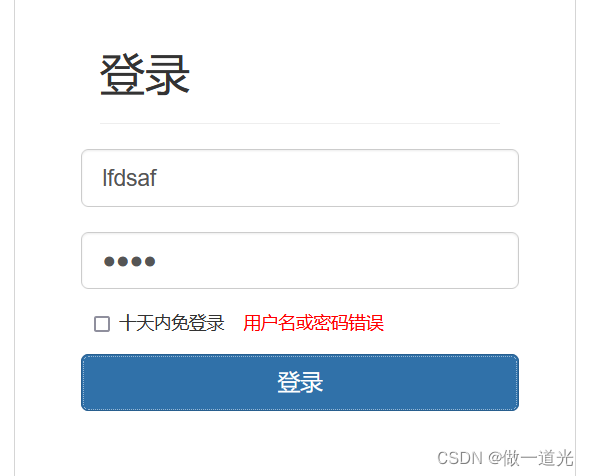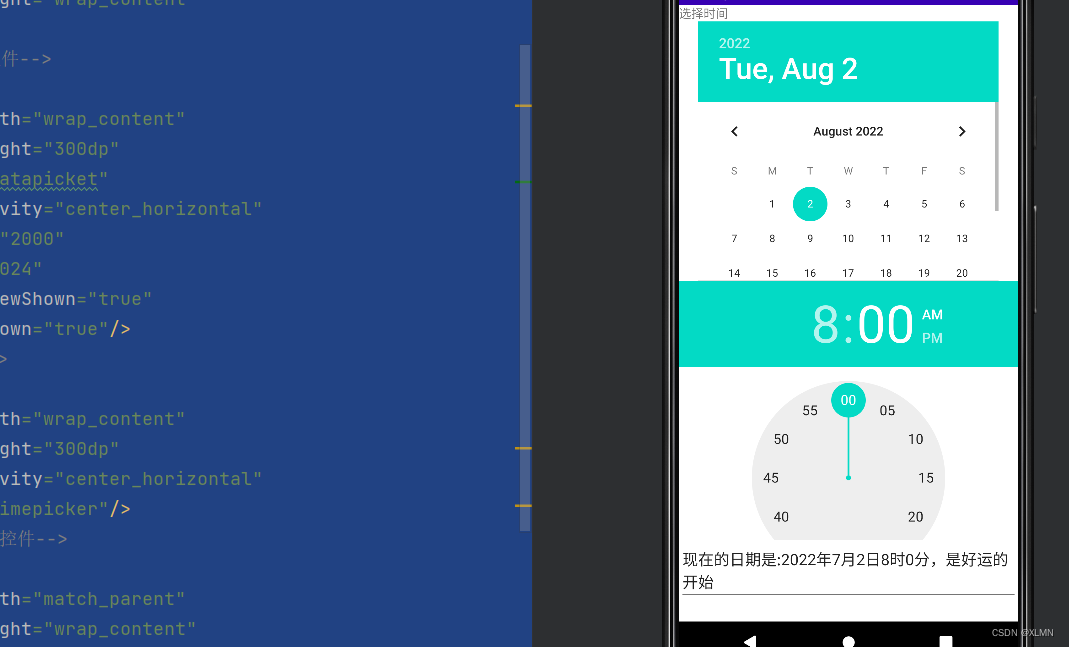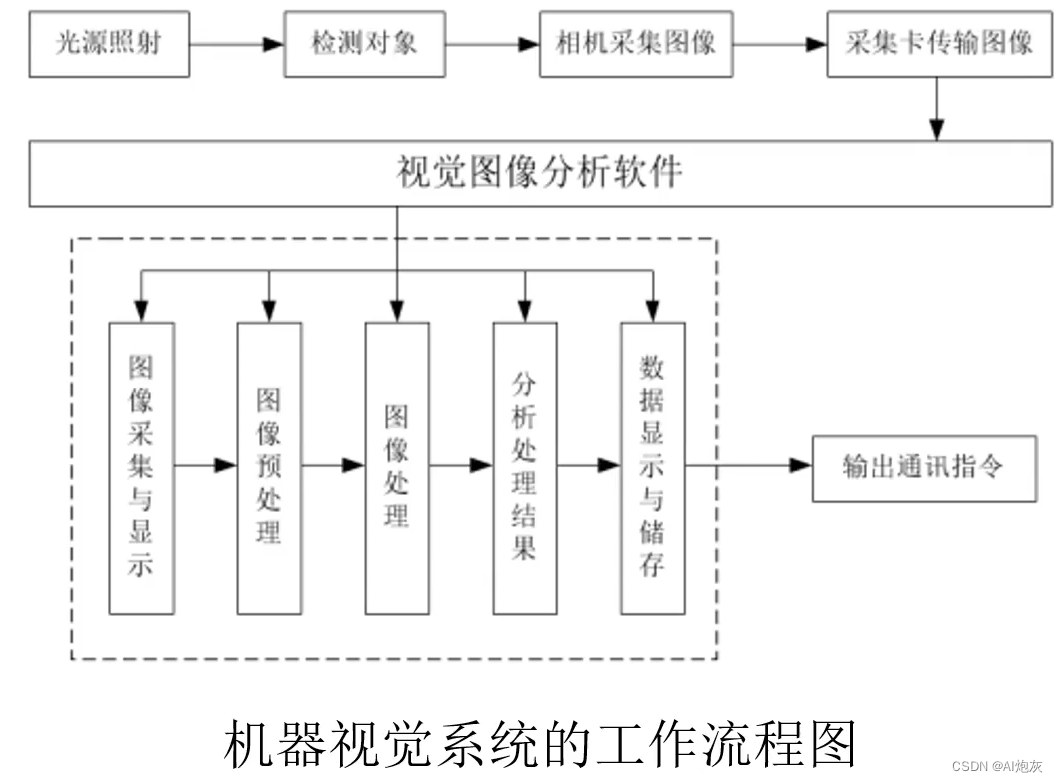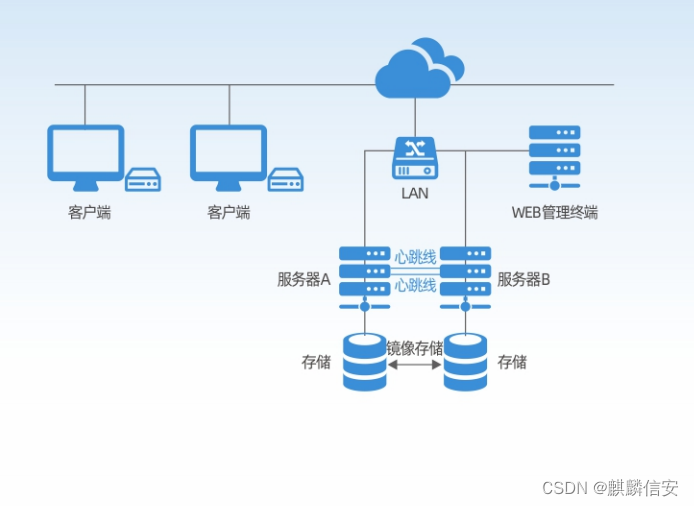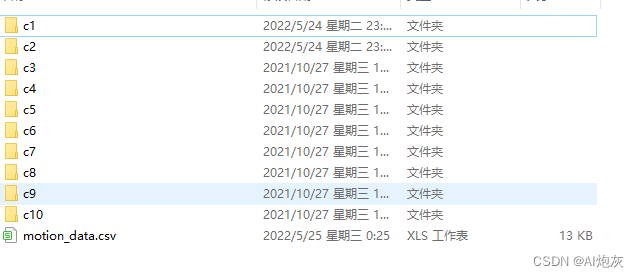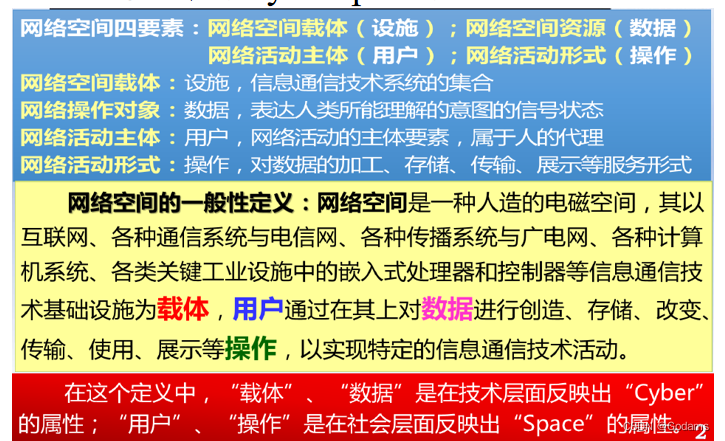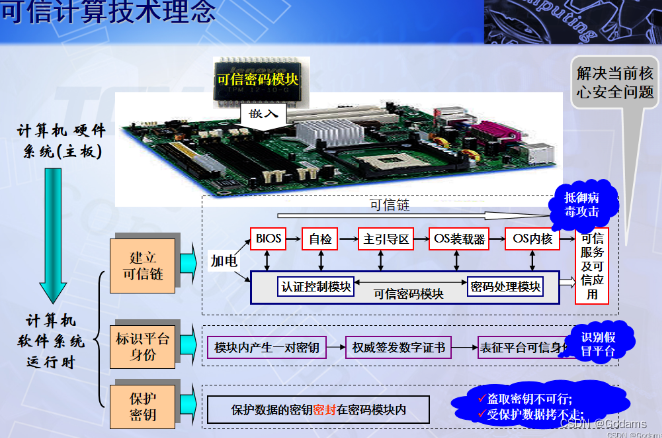当前位置:网站首页>Based on pytorch, we use CNN to classify our own data sets
Based on pytorch, we use CNN to classify our own data sets
2022-07-07 17:41:00 【AI cannon fodder】
main.py file
#-*- coding: utf-8 -*-
import torch
from torch.utils.data import Dataset, DataLoader
import torchvision
import torchvision.transforms as transforms
from pathlib import Path
from model import CNN_MODEL
import torch.nn as nn
import torch.optim as optim
import cv2
import matplotlib.pyplot as plt
from matplotlib.font_manager import FontProperties
import os
from PIL import Image
epoch = 200
train_transformser = transforms.Compose([
transforms.ToPILImage(),
transforms.Resize([224,224]),
transforms.Grayscale(num_output_channels=1),
#transforms.RandomHorizontalFlip(),
transforms.ToTensor(),
transforms.Normalize(mean=(0.5),std=(0.5))
])
'''
test_transformser = transforms.Compose([
#transforms.ToPILImage(),
transforms.Resize([224,224]),
transforms.Grayscale(num_output_channels=1),
transforms.ToTensor(),
transforms.Normalize(mean=(0.5),std=(0.5))
])
'''
def prepareData(dir_path):
dir_path = Path(dir_path)
classes = []
for category in dir_path.iterdir():
if category.is_dir():
classes.append(category.name)
images_list = []
labels_list = []
for index,name in enumerate(classes):
class_path = dir_path / name
if not class_path.is_dir():
continue
for img_path in class_path.glob('*.jpg'):
images_list.append(str(img_path))
labels_list.append(int(index))
return images_list,labels_list
class MyDataSet(Dataset):
def __init__(self,dir_path):
self.dir_path = dir_path
self.images, self.labels = prepareData(self.dir_path)
def __len__(self):
return len(self.images)
def __getitem__(self,index):
img_path = self.images[index]
label = self.labels[index]
#img = Image.open(img_path)
img = cv2.imread(img_path)
img = train_transformser(img)
sample = {'image': img, 'label': label}
return sample
def train(model, criterion, optimizer, trainloader, traindataSetLen, testloader, testdataSetLen, epochs=epoch, log_interval=50,learning_rate=0.001):
print('--------- Train Start ---------')
train_loss_history = []
test_loss_history = []
train_acc_history = []
test_acc_history = []
for epoch in range(epochs):
print('epoch:[%d]'%epoch)
model.train()
tarin_running_loss = 0.0
train_accuracy = 0.0
for data in trainloader:
img = data['image']
label = data['label']
output = model(img)
optimizer.zero_grad()
loss = criterion(output, label)
loss.backward()
_,pred = torch.max(output,1)
num_correct = (pred==label).sum()
train_accuracy += num_correct.data.item()
optimizer.step()
tarin_running_loss += loss.item()
#train_loss_history.append(loss.item())
print('[%d] train loss: %.4f , train Accuracy: %.4f' %(epoch + 1, tarin_running_loss / traindataSetLen, train_accuracy / traindataSetLen))
train_loss_history.append(tarin_running_loss / traindataSetLen)
train_acc_history.append(train_accuracy / traindataSetLen)
tarin_running_loss = 0.0
print('--------- Test Start ---------')
model.eval()
test_running_loss = 0.0
test_accuracy = 0.0
for data in testloader:
img = data['image']
label = data['label']
output = model(img)
loss = criterion(output,label)
test_running_loss += loss.item()
_,pred = torch.max(output,1)
num_correct = (pred==label).sum()
test_accuracy += num_correct.data.item()
print('[%d] Test loss: %.4f , Accuracy: %.4f' %(epoch + 1, test_running_loss / testdataSetLen, test_accuracy / testdataSetLen))
test_loss_history.append(test_running_loss / testdataSetLen)
test_acc_history.append(test_accuracy / testdataSetLen)
test_running_loss = 0.0
print('----- Train Finished -----')
return {
'train_loss_history':train_loss_history,
'test_loss_history':test_loss_history,
'train_acc_history':train_acc_history,
'test_acc_history':test_acc_history
}
font = FontProperties(fname="SimHei.ttf", size=14)
plt.rcParams['font.family']=['SimHei']
DIR_PATH = 'F:\\radarData\\test'
#gpu or cpu
device = 'cuda' if torch.cuda.is_available() else 'cpu'
print(device)
print('--------- Prepare Data Start---------')
#load data
dataset = MyDataSet(DIR_PATH)
#split data
train_dataset_size = int(len(dataset)*0.8)
test_dataset_size = len(dataset) - train_dataset_size
train_dataset, test_dataset = torch.utils.data.random_split(dataset,[train_dataset_size, test_dataset_size])
train_dataset_loader = DataLoader(train_dataset, batch_size = 2, shuffle=True)
test_dataset_loader = DataLoader(test_dataset, batch_size = 2, shuffle=True)
print('--------- Prepare Data End---------')
model = CNN_MODEL()
#learning rate
learning_rate = 0.0001
#loss function
criterion = nn.CrossEntropyLoss()
#random grad down
optimizer = optim.SGD(model.parameters(),lr=learning_rate)
result = train(model, criterion, optimizer, train_dataset_loader, train_dataset_size, test_dataset_loader, test_dataset_size, epochs=epoch, log_interval=50, learning_rate = 0.01)
plt.figure()
plt.plot(result['train_loss_history'], label=' Training loss value ')
plt.plot(result['test_loss_history'], label=' Test loss value ')
plt.xlabel(' Training batch ',fontsize=13, fontproperties=font)
plt.ylabel(' Loss value ',fontsize=13, fontproperties=font)
plt.ylim(0,1.2)
plt.title(' Training and testing loss value ',fontsize=13, fontproperties=font)
plt.legend(loc='upper right')
plt.savefig("./epoch_loss.png")
plt.show()
plt.figure()
plt.plot(result['train_acc_history'], label=' Training accuracy ')
plt.plot(result['test_acc_history'], label=' Test accuracy ')
plt.xlabel(' Training batch ',fontsize=13, fontproperties=font)
plt.ylabel(' Accuracy rate ',fontsize=13, fontproperties=font)
plt.ylim(0,1.2)
plt.title(' Training and testing accuracy ',fontsize=13, fontproperties=font)
plt.legend(loc='lower right')
plt.savefig("./epoch_acc.png")
plt.show()model.py
import torch.nn as nn
from torch import nn, optim
from torch.autograd import Variable
from torch.utils.data import DataLoader
from torchvision import datasets, transforms
from torchsummary import summary
class CNN_MODEL(nn.Module):
def __init__(self):
super(CNN_MODEL, self).__init__()
# Commonly used Layer It is divided into convolution 、 Pooling layer 、 Activate the function layer 、 Loop network, etc 、 Regularization layer 、 Loss function layer
self.layer1 = nn.Sequential(
#stride Convolution step
nn.Conv2d(in_channels=1, out_channels=32, kernel_size=3, stride=2, padding=1),
#BatchNorm2d Normalize the data , This makes the data ReLU Before, the network performance would not be unstable because the data was too large
nn.BatchNorm2d(32),
#ReLU Activation function ,inplace If bit True, Will overwrite the output directly into the input
nn.ReLU(inplace=True),
nn.MaxPool2d(kernel_size=2)
)
self.layer2 = nn.Sequential(
nn.Conv2d(in_channels=32, out_channels=64, kernel_size=3, stride=2, padding=1),
nn.BatchNorm2d(64),
nn.ReLU(inplace=True),
nn.MaxPool2d(kernel_size=2)
)
self.layer3 = nn.Sequential(
nn.Conv2d(in_channels=64, out_channels=128, kernel_size=3, stride=2, padding=1),
nn.BatchNorm2d(128),
nn.ReLU(inplace=True),
nn.MaxPool2d(kernel_size=2)
)
self.layer4 = nn.Sequential(
nn.Linear(in_features=128*3*3, out_features=2048),
nn.Dropout2d(0.2),
nn.ReLU(inplace=True)
)
self.layer5 = nn.Sequential(
nn.Linear(in_features=2048, out_features=2048),
nn.Dropout2d(0.2),
nn.ReLU(inplace=True)
)
self.layer6 = nn.Sequential(
nn.Linear(in_features=2048, out_features=10),
nn.Softmax()
)
def forward(self,x):
x = self.layer1(x)
x = self.layer2(x)
x = self.layer3(x)
# print(x.size())
x = x.view(x.size(0), -1)
x = self.layer4(x)
x = self.layer5(x)
x = self.layer6(x)
return x边栏推荐
猜你喜欢
随机推荐
自动化测试:Robot FrameWork框架大家都想知道的实用技巧
做软件测试 掌握哪些技术才能算作 “ 测试高手 ”?
Dragging the custom style of Baidu map to the right makes the global map longitude 0 unable to be displayed normally
Solid function learning
第二十四届中国科协湖南组委会调研课题组一行莅临麒麟信安调研考察
【TPM2.0原理及应用指南】 12、13、14章
Establishment of solid development environment
Supplementary instructions to relevant rules of online competition
字符串 - string(Lua)
【可信计算】第十二次课:TPM授权与会话
第1章CRM核心业务介绍
阿富汗临时政府安全部队对极端组织“伊斯兰国”一处藏匿点展开军事行动
目标管理【管理学之十四】
数值 - number(Lua)
原生js验证码
Functions and usage of tabhost tab
手机版像素小鸟游js戏代码
【TPM2.0原理及应用指南】 16、17、18章
Matplotlib绘图界面设置
机器人工程终身学习和工作计划-2022-
